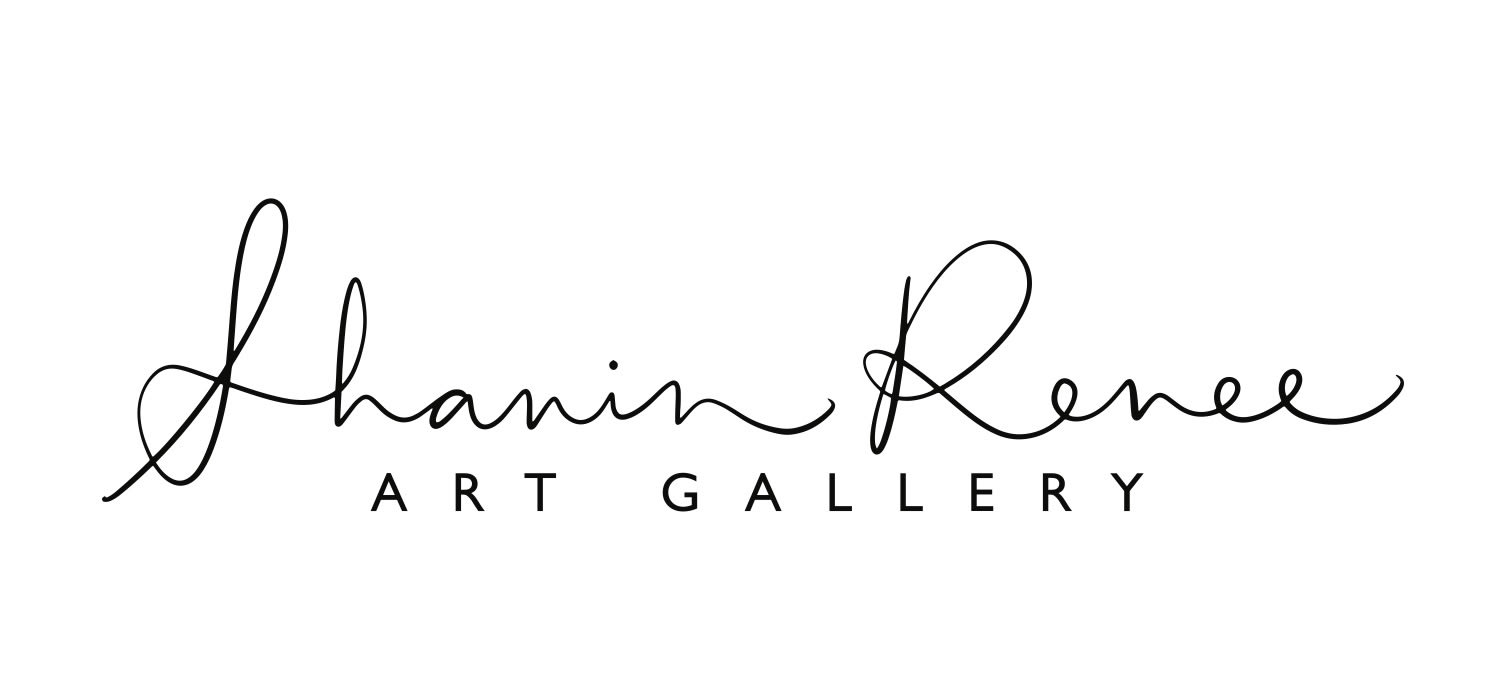"Oh, yes—about my paintings. I have nothing to say about them. Certainly I shall not attempt to "explain" them. If I did try, I hope I'd fail miserably, for, as Picasso once remarked, "If I'd wanted to use words, I'd have written a book." Charles Malcolm Campbell
Charles Malcolm Campbell has been hailed as one of the more distinctive and imaginative American artists of the twentieth century. In a highly individual style, he combined rich, vibrant color with elaborate textures and composition. His paintings—described as modern by conservatives and considered conservative by the avant-garde—have their own unique balance of design.
Charles was a quiet man who tended to make strong social statements in his Post-War–era paintings, some subtle, some obviously satirical, others full of fantasy and humor. A perfectionist (he has destroyed over two-thirds of his work over his career), he painted every day until exhaustion. His aim, he said, was to "express my vision of the world in the purest possible terms."
As a young man, Charles studied the classics. He drew inspiration in outstanding draftsmanship from Daumier, and studied paint and tonal variation from Renoir. El Greco's contribution is seen in the intensity and luminosity of many of Campbell's paintings, just as Picasso's line and description of the human form can be seen in others. He is considered as outstanding as his contemporary, Chagall, with skewed dimension, non-representational color, transfiguration, and dreamlike imagery.
Charles was born and raised in Ohio. He received a bachelor's degree from the Cleveland School of Art (now the Cleveland Institute of Art) in 1928. He tried teaching but, uninspired, he roamed the country traveling about before settling in New Orleans, then California, and finally Arizona, where he lived the last thirty years of his life. His wife, Julia, by his side, the whole time.
Afterword
Charles was a highly intelligent, considerably well-read, and talented individual who knew who he was and what he was destined to do with his life. He was not a game player. He never went to his own gallery openings or exhibits; he neither painted for the public nor for his peers. His unusual art techniques express his high sensitivity, creating an effect where you could see depth without physically touching the art.
His perspective was such that he knew it was not out of the ordinary for some individuals to dislike his paintings, and he accepted it.
Considered by many a recluse, he was fond of settling in to paint, write, and contemplate all the things happening—both in the world and in his head. The seclusion, he once said, added to the quality of his life, the very life he reflected into his art. His health began to decline at age 79, and Charles chose to end his life by suicide at age 80.
For those who knew Charles Malcolm Campbell—the artist, intellectual, poet, traveler, writer, photographer, philosopher—he was respected as one of the greatest talents to ever touch their lives.
(Copy respectfully paraphrased from Mr Ray Buse, Collector.)
CAMPBELL HAS ALSO BEEN REPRESENTED IN:
Metropolitan Museum of Art—Drawing and Prints Department, New York
Smithsonian American Art Museum, Washington, DC
Permanent Collection, Cleveland Museum
Permanent Collection, Whitney Museum
Private Collection, William Miliken (former Director of the Cleveland Museum)
Private Collection, Ray and Mona Buse, Phoenix, AZ
Private Collection, Frank Tierney, Los Angeles, CA
Private Collection, Could Investments, Kansas City, KS
Paintings and murals for federal buildings, Cleveland, OH
Post office murals, Kennedy, TX
Mural panels for housing projects, Cleveland, OH
Post office mural, Angola, IN
EXHIBITIONS:
First Bicentennial Exhibit Contemporary American Sculpture, Watercolors and Prints, Whitney Museum, New York, NY
Feragil Galleries, New York, NY
Art Institute Chicago, Chicago, IL
Corcoran Gallery, Washington, DC
Brooklyn Museum, Brooklyn, NY
Museum of Modern Art, Washington, DC
Metropolitan Museum of Art, New York, NY
Longview Museum & Art Center, Longview, TX
Lending Collection of Cleveland Museum, Cleveland, OH
Rockefeller Center Municipal Exhibit, New York, NY
O'Briens Art Emporium, Scottsdale, AZ
Norton's, St. Louis, MO
Rosequist, Tucson, AZ

